I like work to be alive and atmospheric, to find spaces that oscillate and resist a singular reading. I have come to realise that I shouldn’t know exactly what I’m doing. I should be just out of my depth.
Diane Scott finds it intriguing that people who don’t know her think her work is made by a young male.
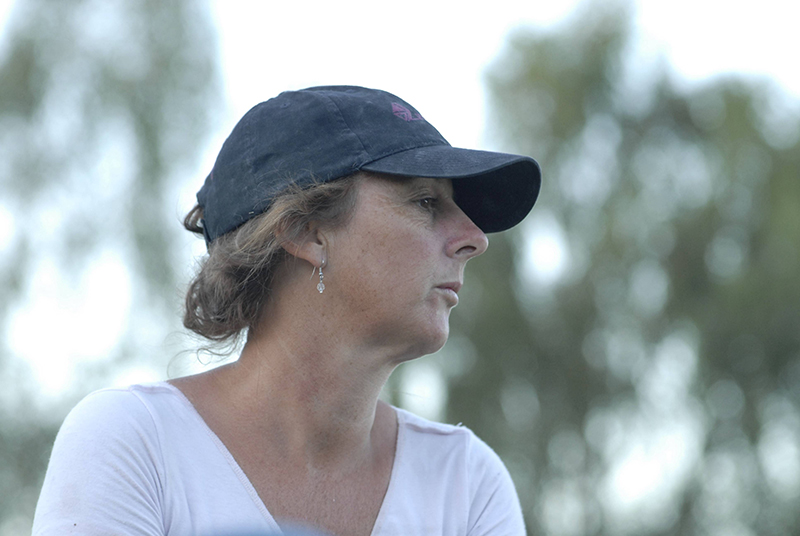
Take us to the beginning of your story. How did your tryst with art begin?
I have always made art. From childhood I knew it was a tool for understanding the world, or seeing things differently, a way to escape. My parents gave me a toy that allowed you to throw paint on a spinning piece of paper. I loved the surprise and direct engagement.
An encounter with a Henry Moore sculpture as a child in the UK was pivotal in seeing space and materials for the first time, through a hole it framed the sky, and its surface was textured.
I never put art away. As I have progressed my materials have become more expensive, but what drives it is the same. I went to school as an adult student, which led to stone sculpture, and I loved it so much! I became a trustee on two art trusts that ran symposiums. While mentoring a sculpture student, I observed that initially when faced with problems he would walk away. After six months, art school had taught him to tackle issues head on.
So, I applied and was accepted to art school. I spent the first two years wondering if I’d done the right thing, but found painting in the third year, and focussed on that medium and language. After five years I graduated with a first class masters and won the Elam prize for painting. The following year I won the Glaistor Ennor Award.
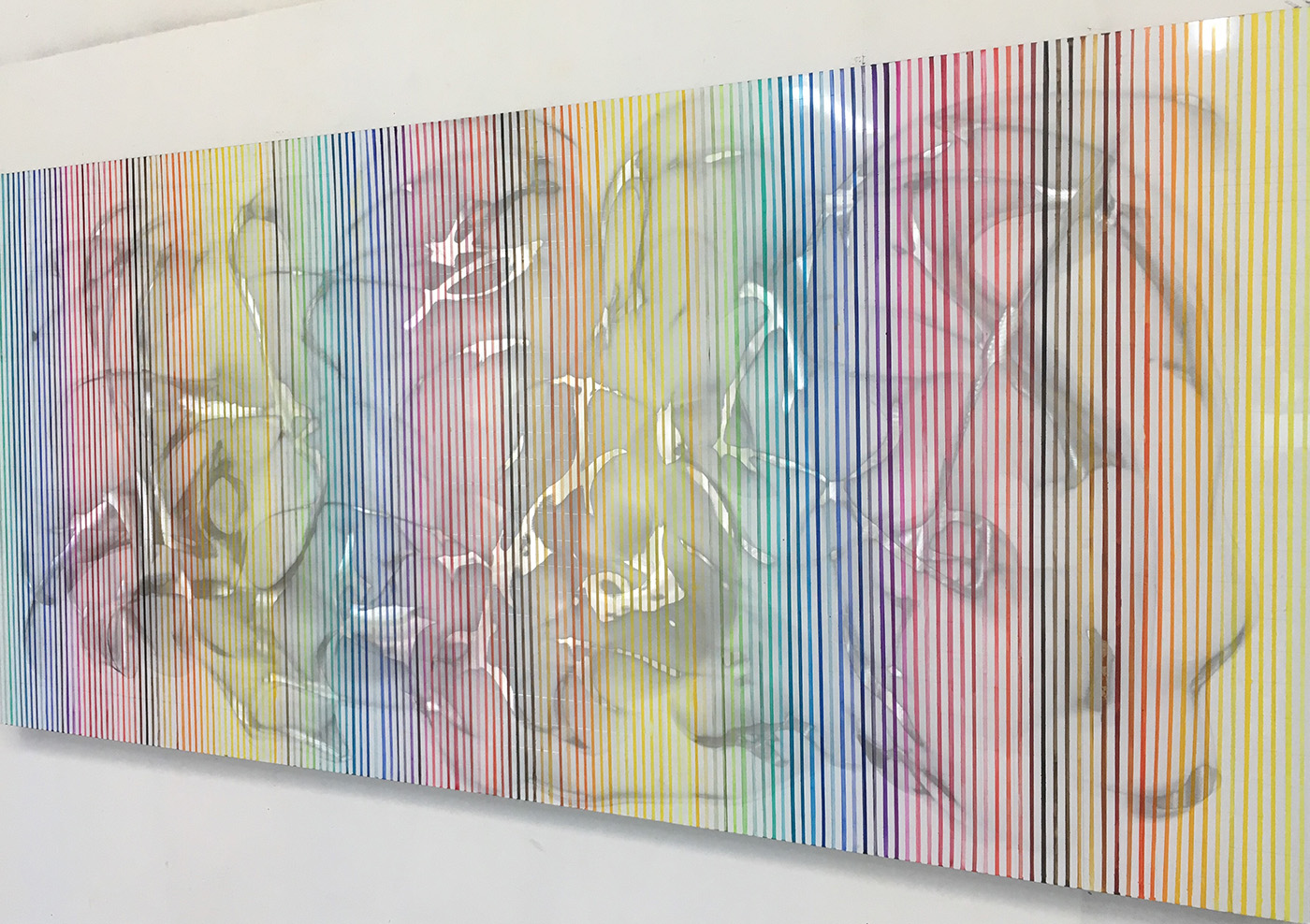
Resonance. Oil, aluminium. 2019
Tell us about the evolution of your practice over the years.
Initially art making was private. I didn’t show or sell. With the move into stone sculpture, the physicality and materiality of it suited me. Even though I’d never heard of Barbara Hepworth, I found myself making work like her. When a colleague gave me one of her books, I realised someone else had travelled this journey before me.
Changing to an academic learning institution was a challenge. With it came the knowledge and understanding of it all, within that came the weight of what had come before. So did my desire to understand the structures within the language of painting. I started to question its hierarchies, to see how the elements within it functioned, both independently and collectively as composition.
Art school allowed me to make art for art’s sake, to learn with no pressure from the commercial world, though there was a pressure to be conceptual and current. During my master’s year I started painting and sanding aluminium in layers, using the same tools I’d used as a sculptor, exploring the slide between image and object.
Drawing still plays a part in my practice, though now I see drawing as an outcome in itself, not just a starting point. Drawing as installation, and direct wall drawings aren’t permanent, with a focus on the temporary, came as a shift in value.
My aim is to be both master and beginner in my work, to keep it exploratory and moving.

Light Net
What were your biggest learnings and hiccups along the way? Any memorable moment?
I think learning occurs when understanding happens. A series of light bulb moments added up to finding my own point of view. All of which propelled the work forward. Some moments that come to mind are, the understanding that nothing is neutral and that all things are loaded with associations. Finding that materials can sing by themselves, we just need to let them. After studying Sol LeWitt, I became interested in allowing mistakes to occur and not allow them to be edited out.
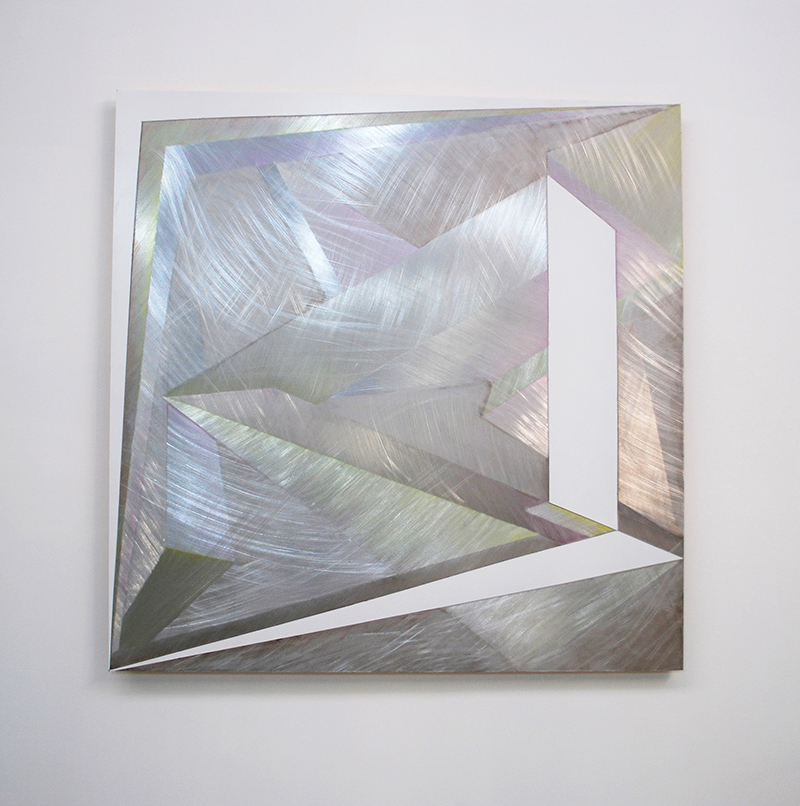
Return. 2017
What inspires you? Take us through your process and continuous frameworks of reference.
I search for something I haven’t seen before. I like work to be alive and atmospheric, to find spaces that oscillate and resist a singular reading. I have come to realise that I shouldn’t know exactly what I’m doing. I should be just out of my depth.
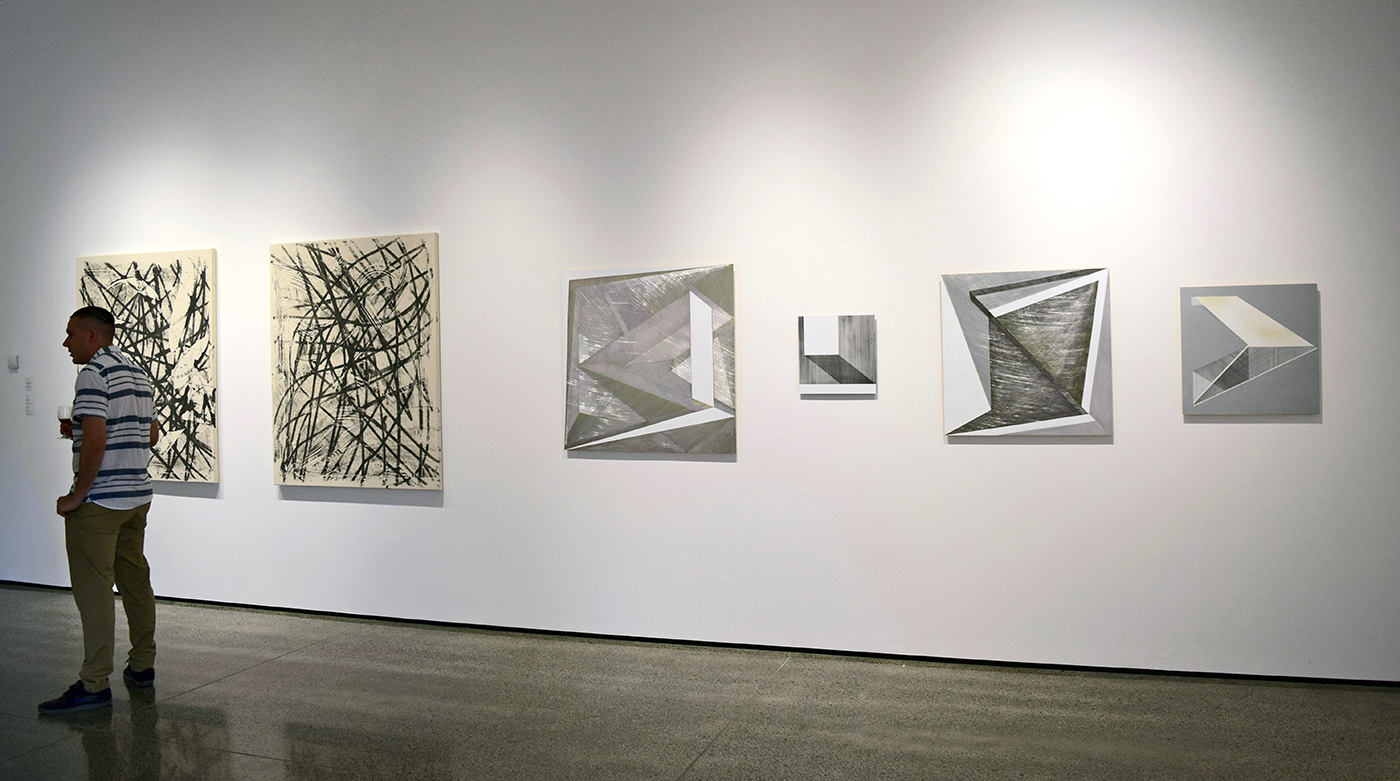
Malcolm Smith Gallery. 2017
What is the primary role of an artist?
Finding the personal in the universal and the universal in the personal, is the real thing. One needs to search for ways to connect with the world.
How do you balance art and life?
I don’t. I’m out of balance, and art always wins. I find strength in nature, immediate family and my dogs. I don’t make art to sell. I make what I find interesting, sometimes it hits both categories, sometimes it doesn’t… I’m okay with that.
As opportunities have come my way, I’m more aware of my limitations. It’s an odd balance of wanting projects to do, yet not wanting to pre-sell my time.
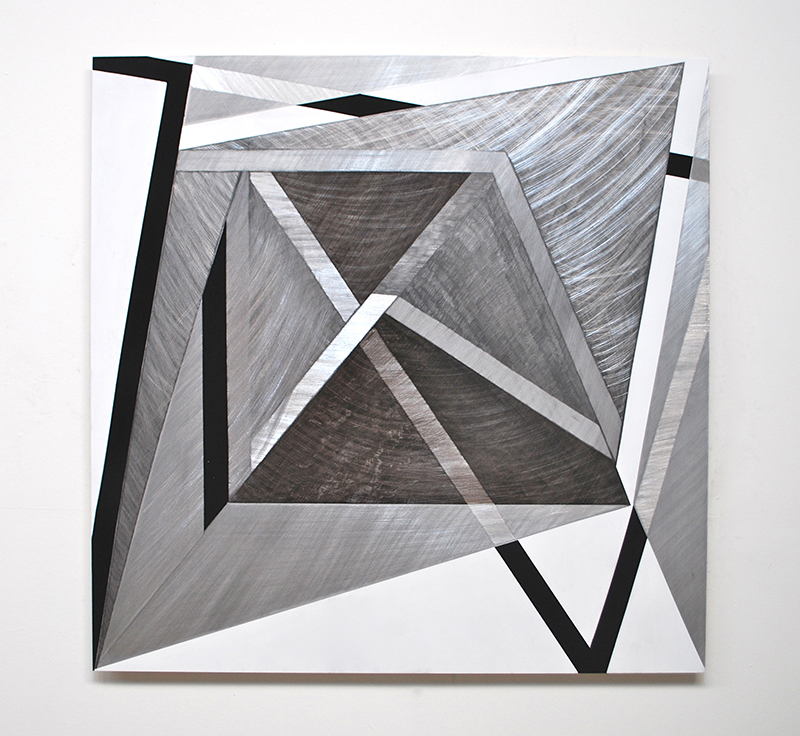
Light cage.
How do you deal with the conceptual difficulty and uncertainty of creating work?
You have to make something to respond to it. So, for me I draw first. I think through making more questions arise. Reading and seeing other artists is helpful, but in the end you’re on your own in the studio and have to deal with isolation and self-criticism.
You have to back yourself and just go with it. My problem is not that there are not enough ideas, but choosing just one that matters! I like to try them all and then hone it to something at the end, a kind of circling around – to edit down to what I feel is the strongest idea.
How does your audience interact and react to your work?
I find it interesting that people who don’t know me think my work is made by a young male. I try and make work that functions atmospherically and can be experienced without knowledge of the concepts that drive the work.
The aluminium works change depending on the position of viewer, so watching an audience work that out is an opportunity to see how it functions, how it’s seen and understood.
Kids interact physically with my installation drawings, jumping up and down and speaking their thoughts out loud as they understand a work.
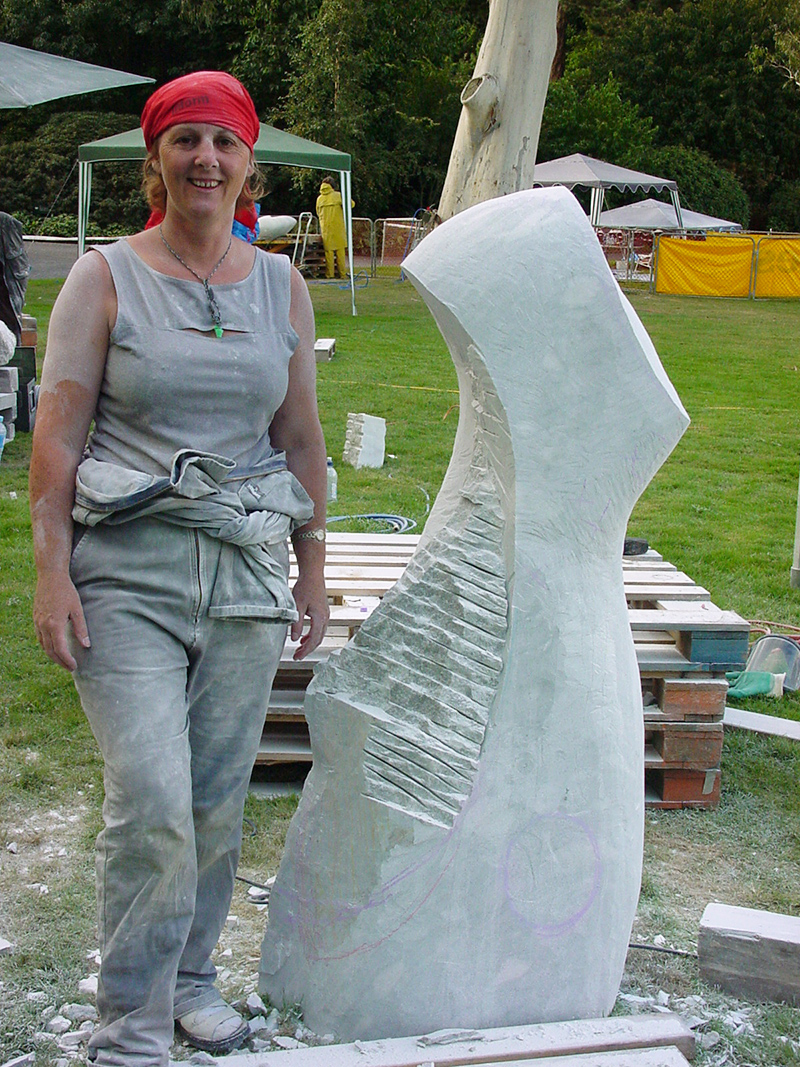
Diane Scott.
What are you looking for when you look at other artists’ work? Which shows, performances and experiences have shaped your own creative process? Who are your maestros?
I want to be surprised and experience something new. I’m impressed by Van Gogh. His work seems to glow and move, there’s life in them. I search to understand that quality. Robert Ryman’s paintings were pivotal in seeing the materiality of paint and how light and architecture are an active part of a work. Sol LeWitt’s line drawings were a starting point for me, though in contrast I prefer to allow mistakes to be an active part of the work, to give an element of the unknown and unplanned.
I would love to read about Carmen Herrera’s journey and thoughts, as she spent most of her time out of the limelight. I’m interested in her motivations and drives.
You have spent time amongst artists in flow, what have you observed?
A kind of silence and focus occurs. Shared studio spaces highlight how artists create an environment conducive to their art making. Some were space monsters and colonised whole shared studio spaces, while others built walls to block out any interference from outer stimuli.
A recent collaboration taught me that different artists process ideas in differently, and the challenge of shared making pushed boundaries and tensions to facilitate new unplanned outcomes.
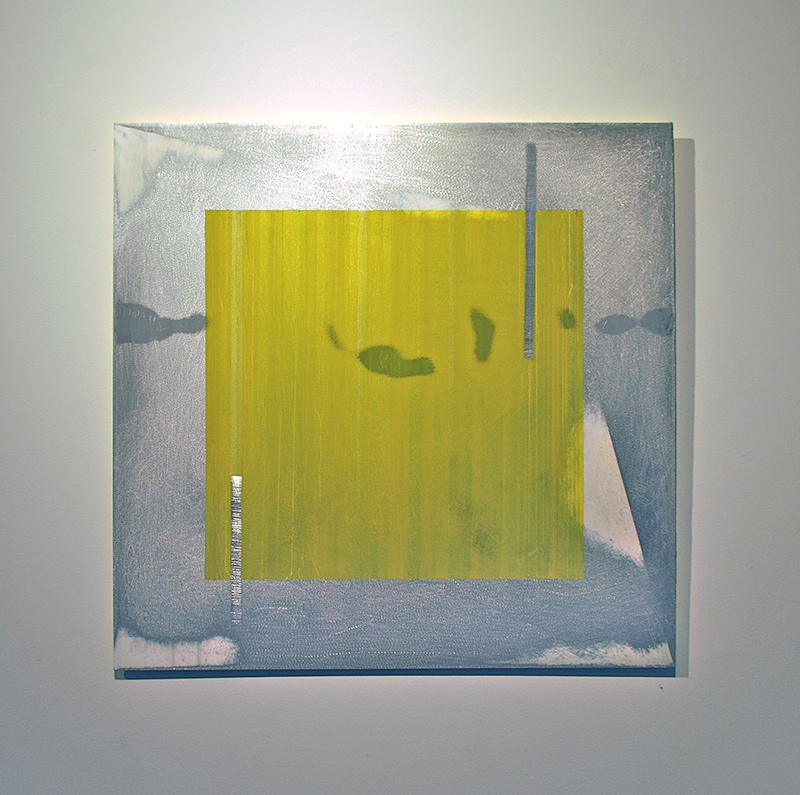
Is my yellow your yellow. Oil, enamel, aluminium. 2015
What is that one thing you wished people would ask you but never do?
I want to be challenged by a question I can’t imagine myself.

How does your interaction with a curator, gallery or client evolve? How do you feel about commissions?
I get approached directly or through online platforms. Curators, collectors and galleries watch for a while, then make contact when they think the work is a good fit. This has led to various opportunities, from being in an international drawing collective to currently making work to show dealers in Australia and in Belgium.
Some of these interactions are slow burns that build into shows and friendships. Others are straight out of the gates –are show opportunities, interviews and dealer representation. I no longer do commissions. I need to make work that isn’t locked down. It has to have an open outcome.
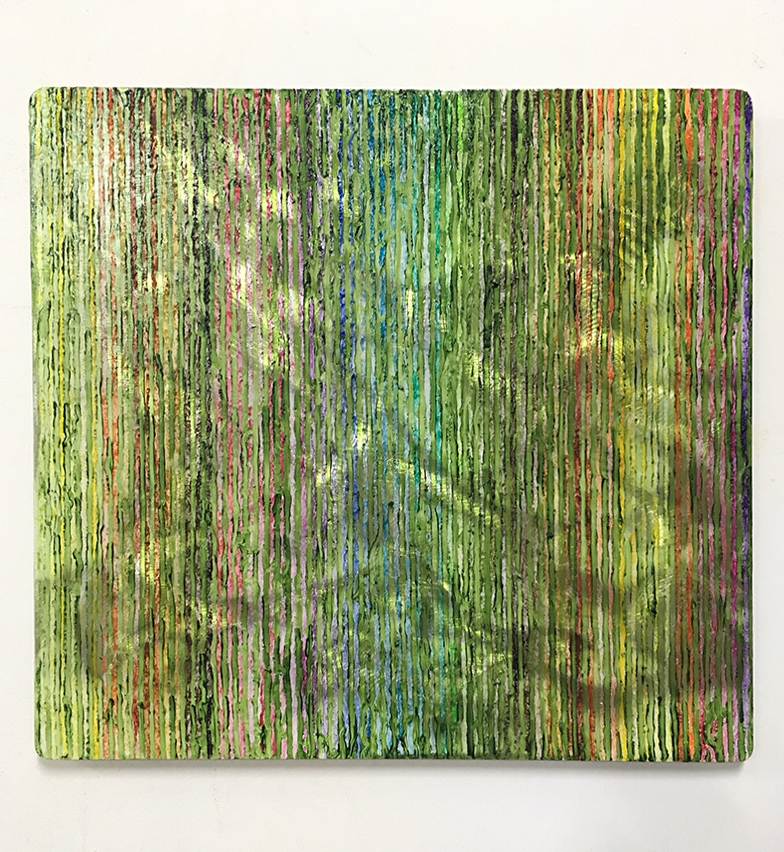
Democratic Matter. Oil, aluminium, glass. 2019
What are you working on now? What’s coming next season?
Curently I’m making works to show dealers in Australia and Belgium. Next year starts with a group show called Image Object, as part of the Mona Foma at Poimena Gallery in Tasmania Australia. I have two upcoming solo shows in New Zealand at The Wallace Gallery Morrinsville and Skinroom in Hamilton. Beyond that, I’m working on an artist book project with The Drawing Collective.








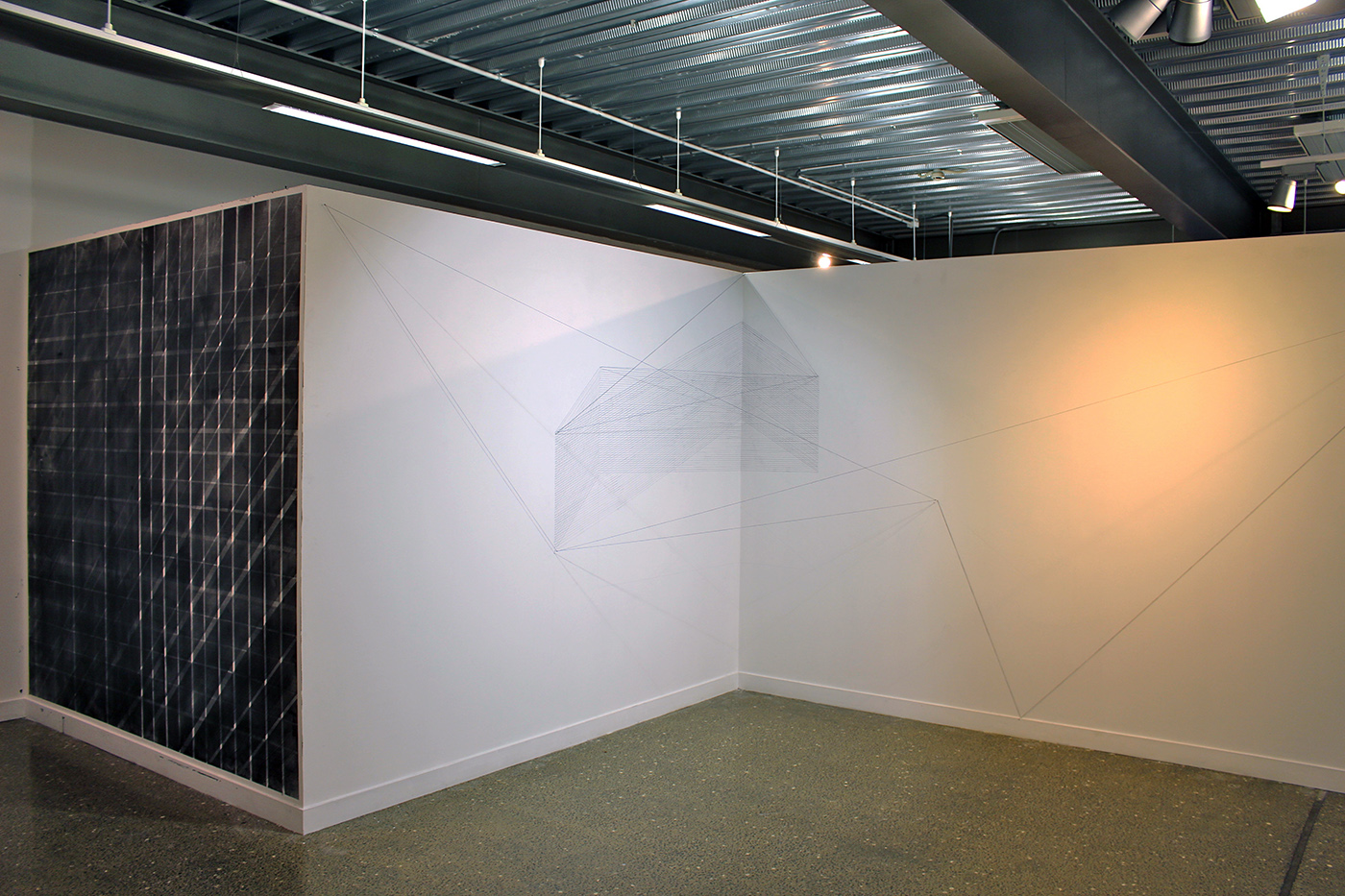



Add Comment